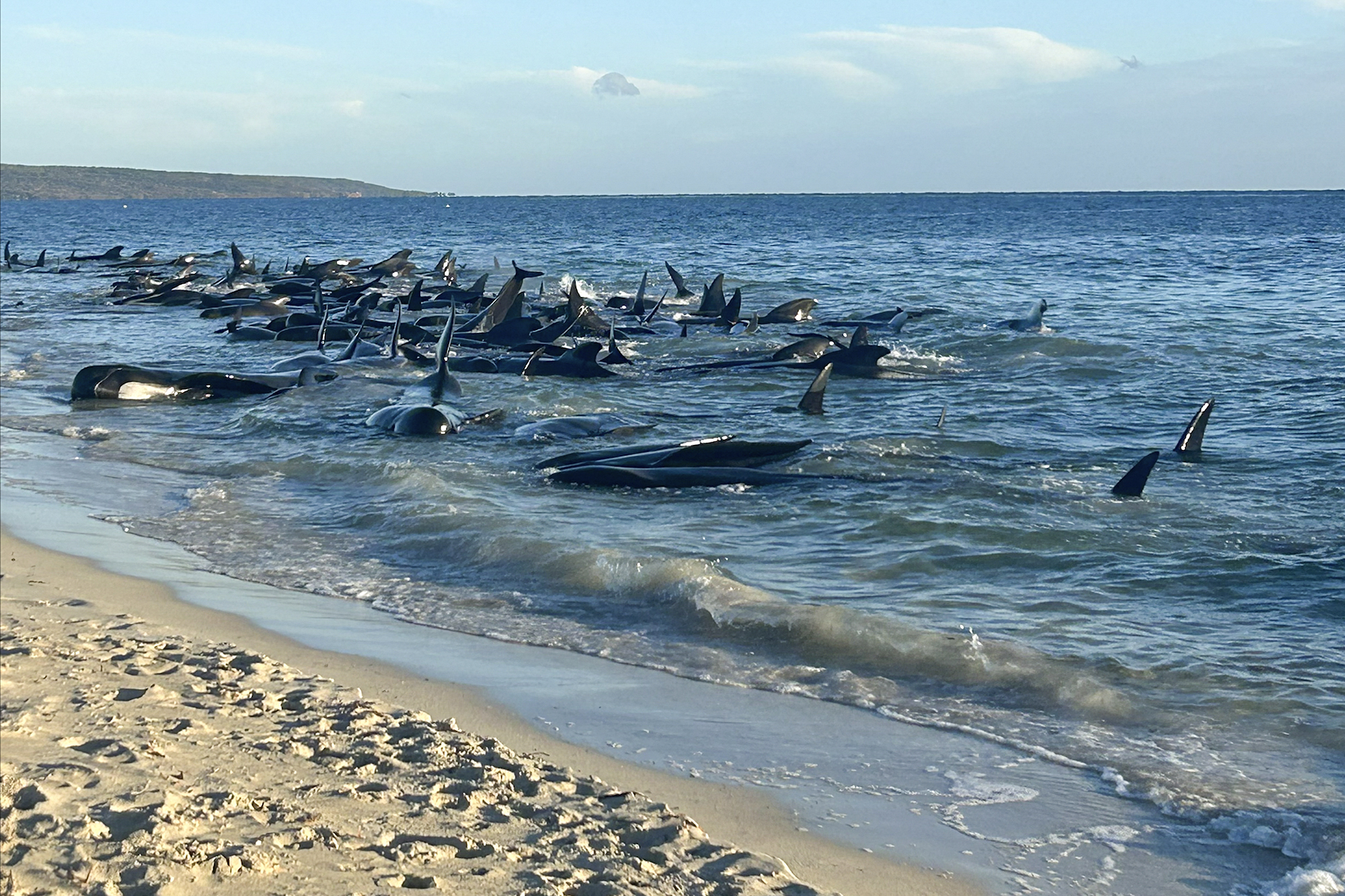From their enclosures at zoos in New York and Rhode Island, the New England cottontail offers a cute distraction for visitors.
But for scientists working to restore the rabbit in the wild, these captive bunnies represent a whole lot more. They are part of a plan to eventually release up to 500 of the rabbits a year into the overgrown farms and brushy fields of New Hampshire, Rhode Island and possibly Maine.
The goal is to increase New Hampshire's population to 1,000 and Rhode Island's to 500 by 2030.
So far, about 140 kits have been bred in captivity and released into the wild. New Hampshire has released 36 rabbits since 2013 and the rest have been released in Rhode Island. A Maine release is pending state approval.
"In New Hampshire, Maine and Rhode Island, populations are so low and, in Rhode Island's case, they can't even find the New England cottontail on an annual basis," said Heidi Holman, a wildlife diversity biologist with the New Hampshire Fish and Game Department who heads the group overseeing reintroduction.
"We knew it would be essential to have a source of rabbit to reintroduce or augment existing populations as the habitat is created," she said, of efforts since 2009 to restore about 1,000 acres of young forests and thickets in New Hampshire that are favored by the rabbits for food and shelter.
Wildlife agencies are increasingly turning to reintroduction programs to stabilize or bolster dwindling populations of endangered species. Among the success stories have been the California condor, the red wolf in the Southwest and the Karner blue butterfly in Ohio, New York and New Hampshire, according to the Association of Zoos and Aquariums.
U.S. & World
The rabbit reintroduction is a first for the region and has largely been welcomed, though some people have complained about wasting money to help rabbits since they seem commonplace. That is a misconception that comes from confusing the New England cottontail with the more common eastern cottontail, which is not native to the region. Both have brown fur but most eastern cottontail have a white dot on their foreheads.
Since 1960, the New England cottontail has seen its numbers drop significantly due to a loss of habitat mostly from the building of roads, shopping centers and housing developments. There are only five populations of the rabbits remaining over a range that stretches from southern Maine to New York. All are separated from each other.
When Lou Perrotti, the director of conservation programs for the Rogers William Zoo, responsible for breeding the rabbits, launched the cottontail program at the Providence zoo in 2011, he didn't know what to expect. Nobody had tried this before.
"Rabbits are a fight or flight critter. They stress out really easily. I was thinking, my God, they might not even do well," he said. "They aren't going to breed. They aren't going to give birth. We found just the opposite."
The zoo released its rabbits to Patience Island in Narragansett Bay and other sites in Rhode Island and New Hampshire. The population on the island has now doubled to more than 120, allowing rabbits to be relocated to a state nature reserve.
The reintroduction scheme, which includes a captive breeding program started last year at the Queens Zoo in New York, hasn't been without its challenges. In New Hampshire, a dozen rabbits introduced on a privately owned site are no longer there. The small size of the site probably made the rabbits more vulnerable to predators like coyotes and foxes, Holman said.
But at the much larger Bellamy Wildlife Management Area in New Hampshire, the rabbits are doing just fine. Two dozen were released and they have now spread to another location on the 420-acre site that was logged to allow for the growth of shrubs and young trees.
The success here and in Rhode Island was enough to prompt the federal government to rule last year that listing the rabbit as an endangered species was not warranted.
"Everything living here is offspring so they have naturally colonized a new patch of habitat," Holman said as he looked out on the site that was once home to towering white pine trees. "It is exciting to know there were rabbits, enough that they would disperse and look for new habitat on the landscape."



